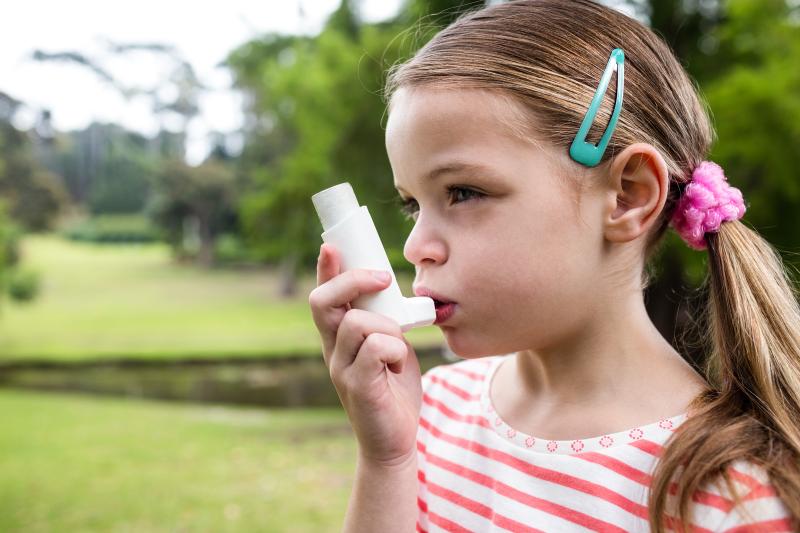
Upper airway dysfunction, measured as vocal changes, may be linked to respiratory problems in children born very or extremely preterm, a recent study has found.
Thirty-five preterm children (median gestation, 24.3 weeks) were subjected to a paired voice and lung assessment at approximately 11 years of age. Voice was assessed subjectively using the Consensus Auditory-Perceptual Evaluation of Voice (CAPE-V) tool and objectively with a computer using the Acoustic Voice Quality Index (AVQI). Lung function was measured through spirometry, oscillatory mechanics and a cardiopulmonary exercise test.
Twenty-five children were identified to have dysphonia. Most of them had a moderate/severe condition (n=14), while only 11 had mild dysphonia. Those with dysphonia were born significantly earlier and were smaller at birth than their no-condition counterparts.
Respiratory symptoms also occurred with greater frequency in the dystonia group than in children with normal voices. These symptoms included previous wheeze (92 percent vs 40 percent), asthma (60 percent vs 10 percent) and the previous prescription of asthma medication (72 percent vs 30 percent).
CAPE-V scores were significantly correlated with respiratory symptoms, such as past wheeze (r, 0.381; p=0.042), exercise symptoms (r, 0.386; p=0.042) and the use of asthma medication in the past 3 months (r, 0.477; p=0.014). AVQI, on the other hand, was only correlated with the use of asthma medication in the past 3 months (r, 0.414; p=0.021).
Lung function measures were generally unrelated to dysphonia, though oscillatory mechanics measures were all significantly lowered in the children with voice problems.